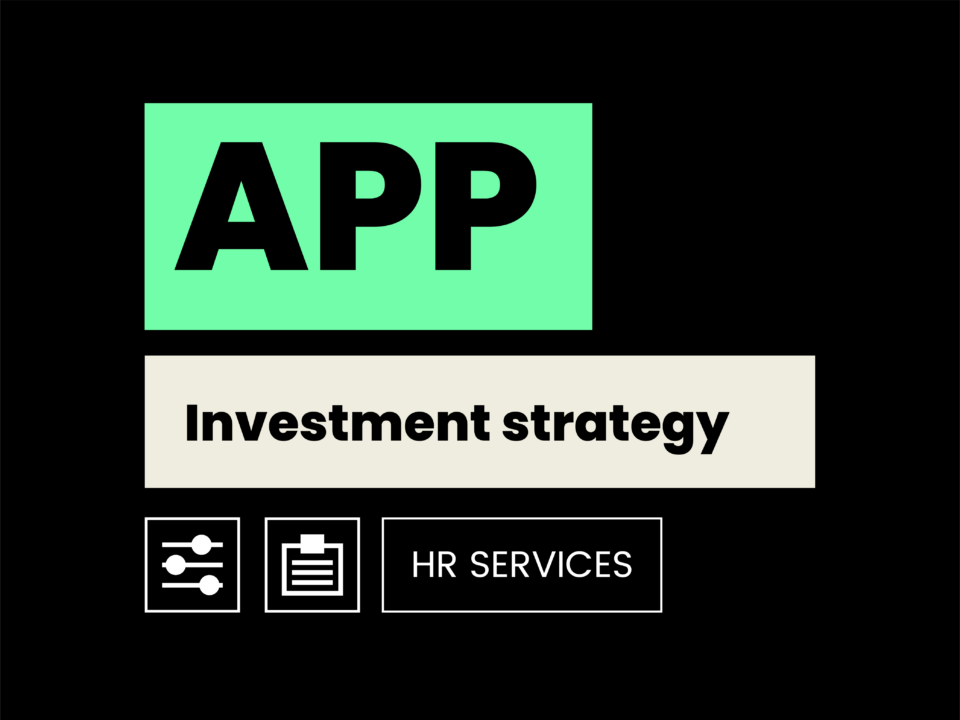From bid-to-comply to bid-to-win
How Addestino transformed a telecom operator’s RFP approach
01. THE QUESTION
A Belgian government entity launched a public tender for a large telecommunications contract. The agreement would cover a wide range of requirements and connectivity needs. One of Belgium’s leading telecom providers aimed to get into the game. As governments in Belgium are notorious for their tight RFP deadlines, time was of the essence. The government’s request came through with only a few weeks left to put together a compelling submission, and the operator’s internal team was already overstretched. This is where our Addestino consultants came in, ready to leverage our previous experience with large tenders.
02. THE PROCESS
Winning competitive tenders requires bold vision. Traditionally, telecom operators tend to focus on a more typical requirements perspective, with a focus on meticulously checking all the relevant boxes for each aspect of a bid. While this approach can certainly provide value for typical bidding situations and smaller contracts, this particular case called for a more visionary approach.
Our two Addestino consultants set to work in tandem with the operator’s bidding team and key stakeholders from all relevant departments. The ultimate objective was to shift from a classic bid-to-comply offer to a successful bid-to-win strategy. Upon receipt of the RFP, our consultants quickly got to work with their analysis. A key aspect was creating a cost-benefit analysis for specific parts of the tender to help with pricing.
“The ultimate objective was to shift from a classic bid-to-comply offer to a successful bid-to-win strategy.”
03. THE INSIGHTS
Part of our job was strategic. The larger the project or tender, the more critical the overall story and vision become, and the more opportunity an organisation has to outline a long-term vision for future client collaboration. While meeting formal requirements is essential and cannot be circumvented, a compelling vision can provide an edge over the competition.
What would be the main narrative throughout the operator’s proposal, and how could the organisation distinguish itself from the competition? At its core, developing this competitive storyline is a highly analytical task. Our consultants broke down the RFP and evaluated the operator’s relative strength in each department. The next step was to distil an engaging story for the proposal. This narrative was further improved by conversations with key people at the telecom operator, who were able to provide crucial insights into the strengths and weaknesses of the different business units.
Another aspect of our task was operational, ensuring that everyone was working on the appropriate part of the tender, organising project meetings and reporting to the leadership team. We also reviewed the documents that the operator’s bidding team had prepared and validated them.
We took the lead and acted as a catalyst for the operator’s teams, who each have specific areas of expertise. While the presales team answered technical enquiries, the service delivery managers handled the service part, including status meeting schedules and SLA requirements. Project managers were responsible for developing a migration strategy, while the sales teams provided general oversight.
04. THE RESULTS
Emphasising core strengths and USPs proves advantageous when writing out an RFP response. Using this approach, we assisted the telecom operator in reframing critical aspects of their business, enabling them to adopt a more confident and assertive approach – for example in their proposal to replace legacy technology from competitors.
Thanks to our consultants, the operator transformed its approach to its tender process. Through frequent iterations and versioning, important tender proposals now receive continuous updates that vastly improve the end product, resulting in more coherence and fewer factual errors.
Want to know more about this case?



